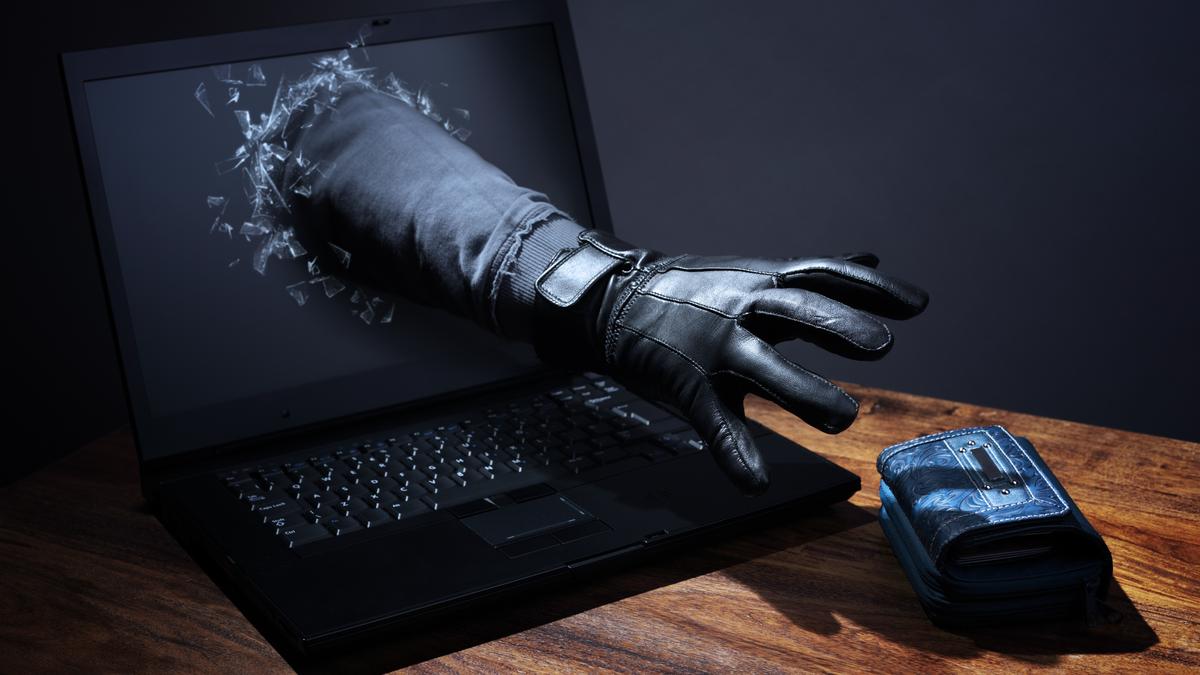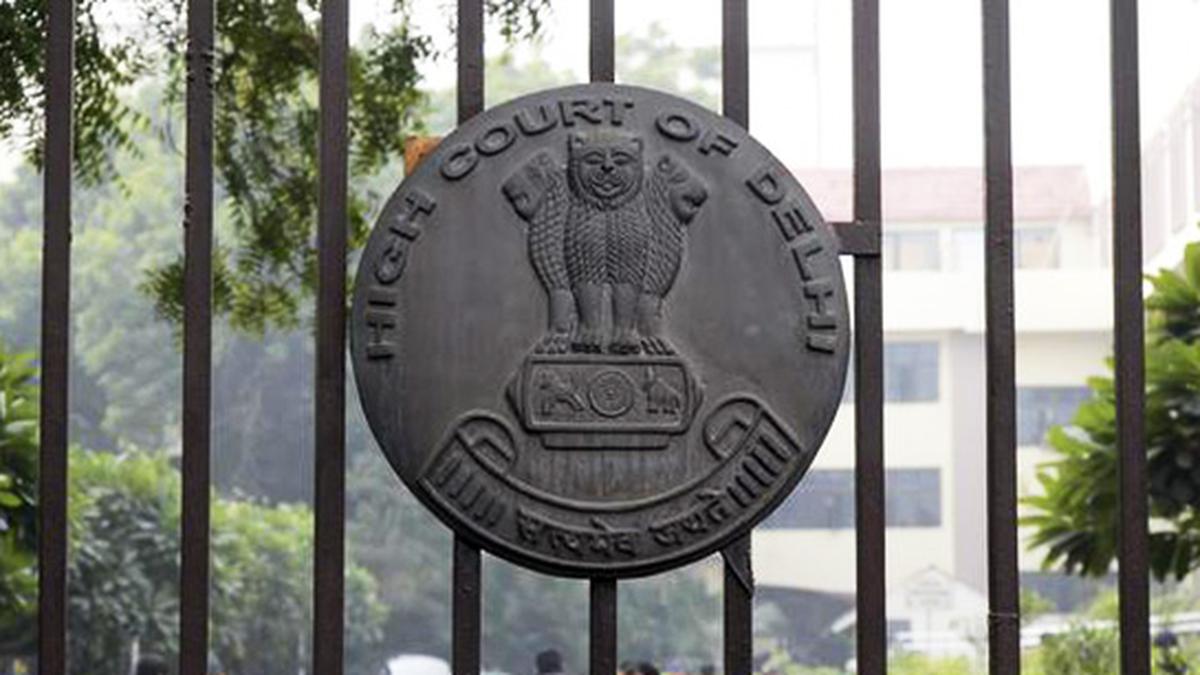Identity theft and after – The Hindu


Technology is a great boon, but it also throws up infinite risks.
| Photo Credit: Getty Images/iStockphoto
The first call was from a long-lost friend who had not been in touch for years. After warm greetings, he started enquiring about my wife’s health and appeared very concerned.
When I told him she was absolutely fine, he revealed he had received a mail from me requesting for financial help as she was seriously ill and had been in hospital in a distant city for an emergency operation that cost several lakhs. I told him that it was obviously a fake mail and hackers may have stolen my email ID and address book.
The next call came from a relative in the U.S. who could make out that it was fake since it came from an account which I never use. And then, there was an avalanche of calls conveying the same story, from friends, acquaintances, former colleagues and relatives. I could only express my apologies for the unnecessary worries caused to them.
But when a good Samaritan informed me that the hackers had not only created a fake email id in my name but had also created a savings bank account to credit the ill-gotten money, it was a matter of deep concern.
The first step was to register a complaint with the cybercrime reporting office (CCRO). When I called its number to do so, the officer who took the phone asked if I had lost any money. When I answered in the negative, he told me that in that case, the complaint must be filed with the local cybercrime police station.
Next morning, when I reached the station, there were already three or four glum-looking, worried faces ahead of me, registering their complaints.
When I informed the dealing officer that no money was lost, he said he could register a case only if there was a loss of ₹5 lakh and more. The right thing for me would be to approach the local police station.
The local station staff were also considerate; but since I had not lost any money, there was no question of filing an FIR. I could, however, report the incident to the CCRO. When I repeated that the CCRO was my first port of call, the kind officer volunteered to call them to clarify, but could not get through. Back to square one!
Calling the bank
After the abortive attempts with the police, my next endeavour was to request the bank to block the account. So, I visited the nearby branch in which the mule account was said to exist and met the friendly manager. He confirmed there was indeed an account with the details provided in the emails, but he was not authorised to give me the details.
But he said such fake accounts were not uncommon, and suggested that I ignore it. He advised me that since senior citizens make up a large number of cyberfraud victims, I must be careful when using ATM, debit, and credit cards, Internet banking and e-payments.
Since the IFSC details were available in the fake mails, I next reported the fraudulent nature of the account to the branch located in a remote town. The branch manager promptly conveyed that the said account had been partially frozen based on a police investigation. I felt relieved, but my joy was short-lived because the subsequent phishing mails had the details of another account in a different bank.
This time, the bank concerned washed of its hands by letting me know that the said account had been opened in line with regulatory guidelines.
Being the victim of a cyberfraud is an extremely painful experience, because of not only the loss of one’s savings but also the trauma. The fear of becoming the victim of online frauds lurks in the mind whenever one uses a mobile phone or opens the laptop. It is difficult to perceive how hackers access our accounts: it can be due to clicking an unknown link or responding to an unsolicited message. But the benign advice of the helpful bank manager sounds like gospel to me: minimise all Internet transactions even if they cannot be avoided altogether.
The good old days when we relied on cheque books and conventional banking were indeed far more safer. The loss due to cyberfrauds in India is said to be substantial and increasing. Media reports highlight a variety of such frauds occurring every day: courier, investment and regulatory frauds, honeytrap and more, with the naïve but absurd “digital arrests” at the crest.
Technology is a great boon, but it also throws up infinite risks. Its use calls for extreme vigilance at every step. But the bottom line is that no one can help us but ourselves, by being vigilant all the time.
indu.sethumadhavan@gmail.com
Published – February 16, 2025 03:53 am IST




